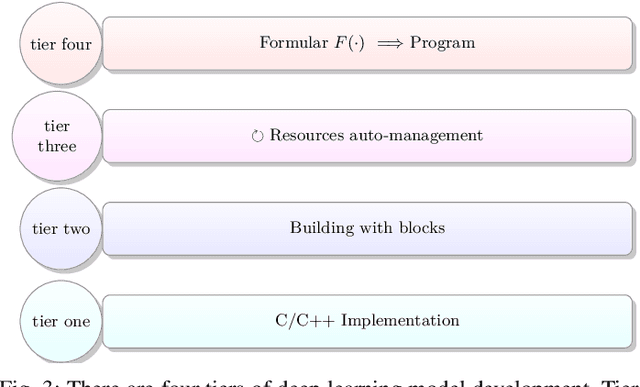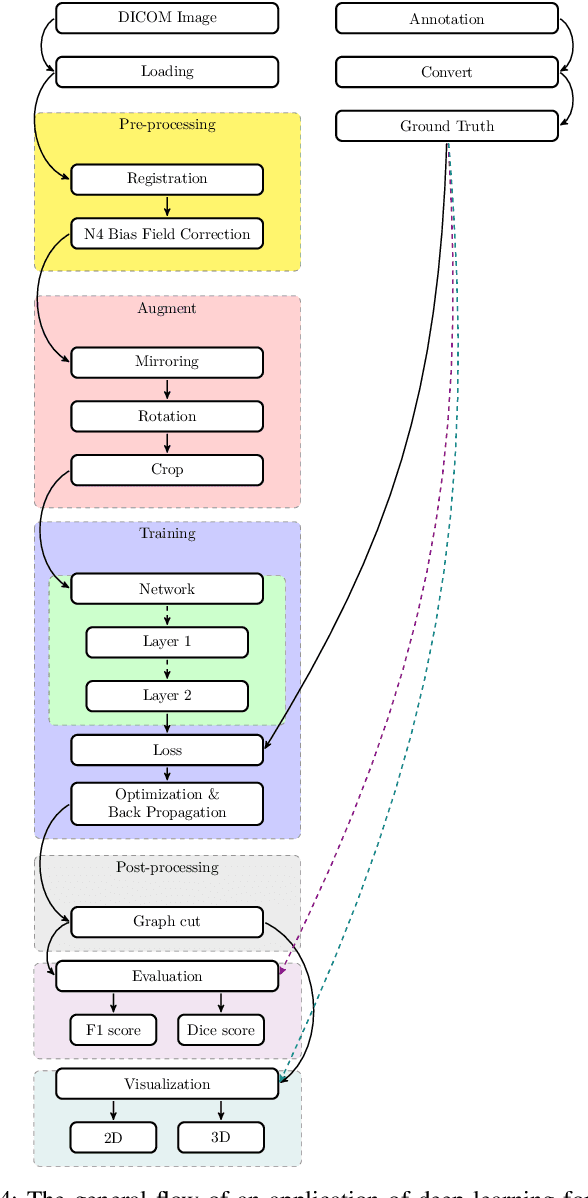Syed Afaq Shah
MeDaS: An open-source platform as service to help break the walls between medicine and informatics
Jul 14, 2020



Abstract:In the past decade, deep learning (DL) has achieved unprecedented success in numerous fields including computer vision, natural language processing, and healthcare. In particular, DL is experiencing an increasing development in applications for advanced medical image analysis in terms of analysis, segmentation, classification, and furthermore. On the one hand, tremendous needs that leverage the power of DL for medical image analysis are arising from the research community of a medical, clinical, and informatics background to jointly share their expertise, knowledge, skills, and experience. On the other hand, barriers between disciplines are on the road for them often hampering a full and efficient collaboration. To this end, we propose our novel open-source platform, i.e., MeDaS -- the MeDical open-source platform as Service. To the best of our knowledge, MeDaS is the first open-source platform proving a collaborative and interactive service for researchers from a medical background easily using DL related toolkits, and at the same time for scientists or engineers from information sciences to understand the medical knowledge side. Based on a series of toolkits and utilities from the idea of RINV (Rapid Implementation aNd Verification), our proposed MeDaS platform can implement pre-processing, post-processing, augmentation, visualization, and other phases needed in medical image analysis. Five tasks including the subjects of lung, liver, brain, chest, and pathology, are validated and demonstrated to be efficiently realisable by using MeDaS.
Efficient Scene Text Detection with Textual Attention Tower
Jan 30, 2020



Abstract:Scene text detection has received attention for years and achieved an impressive performance across various benchmarks. In this work, we propose an efficient and accurate approach to detect multioriented text in scene images. The proposed feature fusion mechanism allows us to use a shallower network to reduce the computational complexity. A self-attention mechanism is adopted to suppress false positive detections. Experiments on public benchmarks including ICDAR 2013, ICDAR 2015 and MSRA-TD500 show that our proposed approach can achieve better or comparable performances with fewer parameters and less computational cost.
 Add to Chrome
Add to Chrome Add to Firefox
Add to Firefox Add to Edge
Add to Edge